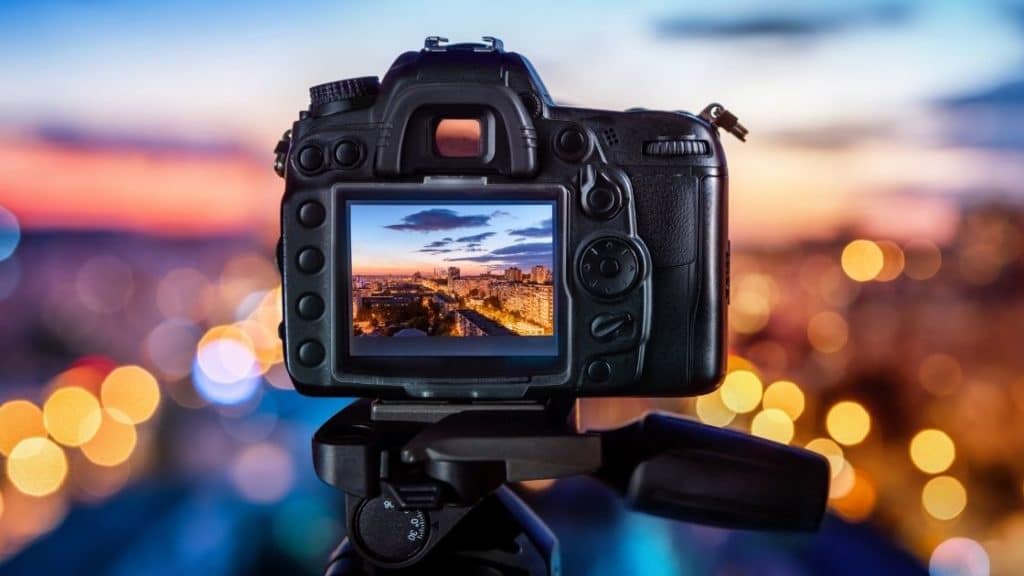Article by Colette Nichol, Solo Filmmaker and Story Strategist
If you’d like to get perfect exposure in your videos then watch these exposure videos to find out how!

Are you ready to master manual exposure?
It’s not as hard as you think it is. But it is one of the most essential filmmaking basics out there.
Remember learning how to drive?
What about learning how to ride your bike?
Do you remember how many times you fell off that bike before you could actually get it going down the road without looking like a complete loser?
Lots of times. Lots and lots and lots of times. But you didn’t give up. Because, well, everybody knows how to ride a bike. So giving up is just lame.
Strangely it’s not the same with learning manual exposure.
Most people who have a causal photography practice don’t know how to use the manual exposure settings on their camera. Which means they have zero creative control. Well, almost zero.
But for solo filmmaking, learning those manual settings is an absolute must.
If you want to make moving picture art — which you do — then you’ve GOTTA master manual exposure.
📽️Related Post : Simple, Foolproof Steps to Making Videos Fast!
Master the Most Basic Element of Filmmaking: Manual Camera Settings
How to Get Shallow Depth of Field
If you want to get beautifully blurred backgrounds when shooting a video, then this video will show you how to do that.
Even if you don’t get this right away, keep going! And keep trying. You can do this. I’ve seen over and over how it just takes a little practice for someone to finally “get” manual exposure.
What is exposure in video?
Exposure is when your image has a correct balance of highlights, mid-tones and shadows. If your image is skewed towards the highlights, that’s called over-exposed. Meanwhile, if you don’t have enough light and your image is super dark, that would be called under-exposed.
Ideally, you’re trying to expose your image so that it looks relatively true to life. When using lower-cost cameras, it’s important to ensure that you don’t have too much of a range of highlights and shadows when filming as this will be hard for most cameras to handle.
F-STOP
When exposing an image you’re balancing the f/stop (aperture) the shutter speed and the ISO. These three things are combined to create what’s called the exposure triangle.
The aperture (same as f/stop) is the diameter of the opening in the lens that allows light in. The lower the f-stop number the more light is entering the lens. The higher the f-stop number the LESS light enters the lens.
SHUTTER SPEED
Shutter speed refers to how quickly the opening in front of the camera sensor opens and closes to let light in. For video and filmmaking, you usually set your shutter to double the frame rate. So if you’re shooting at 24 frames per second, your shutter speed will likely be set to 1/48 or 1/50 depending on the camera.
ISO
Finally, ISO refers to the sensitivity of your sensor. It used to refer to the light sensitivity of the film stock, but most of us shoot digital these days. A high ISO number means your sensor will be more sensitive to light (and will expose brighter) and a low ISO number means your sensor will be less sensitive to light.
What is good exposure in video?
Good exposure in a video is when you create an image that looks relatively true to life. You’ve balanced the ISO, aperture, and shutter speed to capture an image that has balanced highlights, mid-tones and shadows. Make sure you watch the video above to get an idea of how to achieve this.
And if you want to get better at filmmaking, take the archetype quiz below to learn more about the gear you need and steps you can take to become a filmmaker this year!
Learn Filmmaking and Get the Gear Guide
If you’re interested in learning filmmaking, check out the Solo Filmmaking Mentorship Program I created for aspiring filmmakers and video creators. It usually goes live once per year. So I recommend getting the Story Envelope Filmmaking letter which comes out a couple of times per month. That way, you can get filmmaking tips for free and find out when the filmmaking course is going live again.
Also, before you go, grab the Solo Filmmaking Gear Guide and Checklist for Beginners.

About the Author
Hi! I’m Colette Nichol. I’m a solo filmmaker and story strategist based out of rainy Vancouver, Canada. I’ve been making videos and micro films for small businesses and global brands since 2014.
Plus, I LOVE to help aspiring filmmakers pursue their dreams and start making films. This blog is designed to help you gain the knowledge you need to become a filmmaker.
If you want more, get on the waitlist for the Story Envelope Academy Solo Filmmaking Mentorship Program. It opens up one time per year and is the best way to become a filmmaking or video pro fast!
CLICK HERE to get on the solo filmmaking mentorship waitlist.